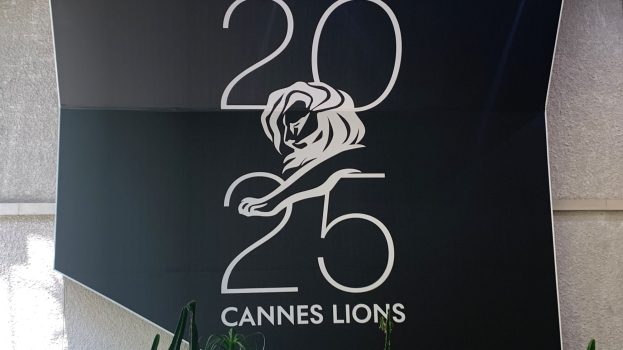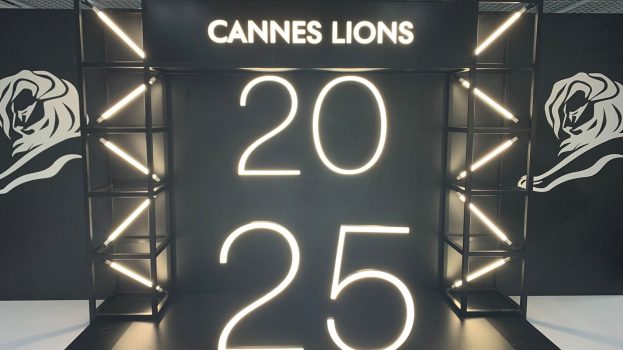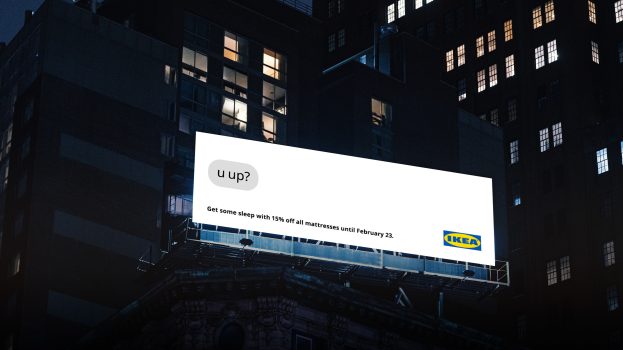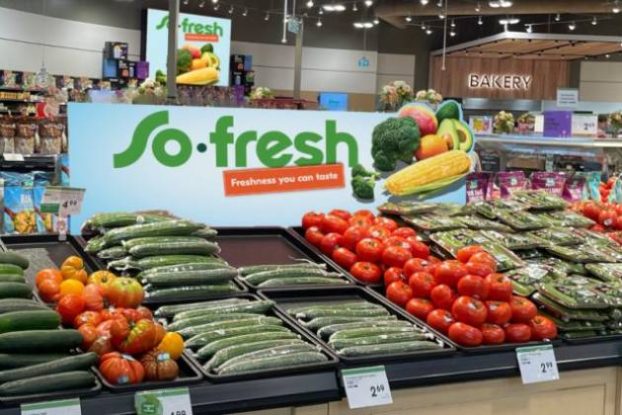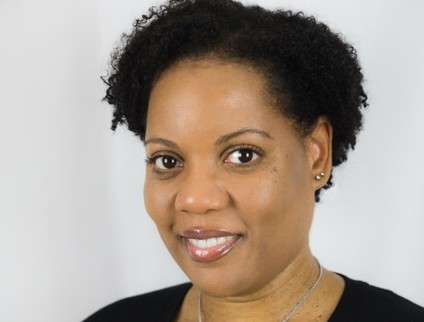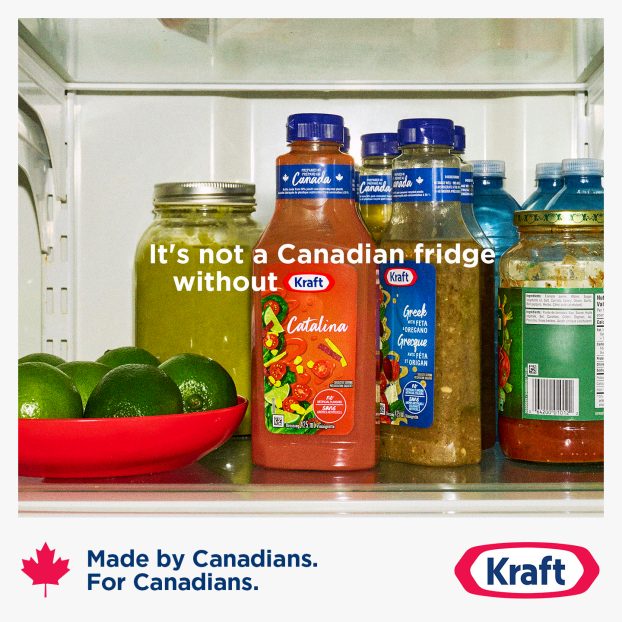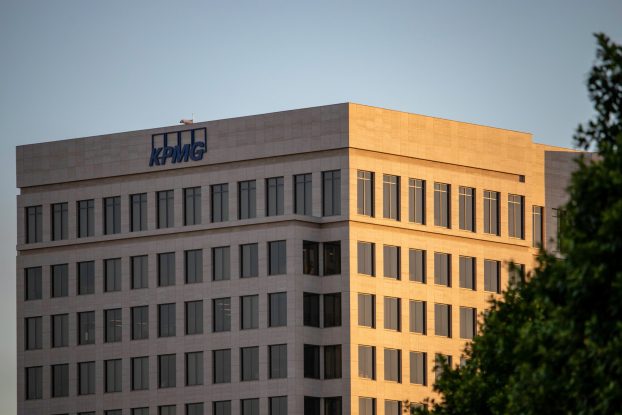Forget Bay Street. When ING Direct launched 10 years ago, its street of choice was the ‘information superhighway.’ In this edition of Brand Diaries, we take a year-in-the-life look at the home-grown flagship of the now-global bank brand. And what a year. Read on to see how a new product, a new online tool, a consumer-generated viral experiment and a 10th-anniversary event all happened in 12 short months.
In the spring of 1996, Philippe Garneau, creative partner at Toronto-based GWP Engineering, got a call from the Dutch firm ING Group. The insurance conglomerate had identified Canada, with its regulated oligopoly of five banks, as the ideal country in which to debut a new virtual bank brand, and GWP was charged with the blueprint for the new entry. They went with a no-nonsense,
anti-big-bank-fees approach, the Pantone colour 165 orange and a steely-eyed Dutch spokesperson named Frederik.
In April 1997, roaming guerrilla street teams clad in orange cycling gear hit the streets across Ontario, armed with flyers and orange Tic Tacs to mark the launch of ING Direct. Over the next 10 years the virtual bank opened branded cafés (now called infospots in English Canada) in Toronto, Montreal, Vancouver and Calgary, and attracted 1.6 million customers with its stripped-down product portfolio of a savings account and an ‘un-mortgage.’
ING Direct has since opened for business in eight more countries around the world, taking ING to number 81 on Interbrand’s Top 100 Brands list for 2007. And this month the financial services provider expands its Canadian product portfolio by one-third with its first branded mutual fund.
The past 12 months have been busy for ING Direct Canada head of marketing Mark Deep and his team of 30 at the company’s Toronto headquarters. April marked the brand’s 10th anniversary in Canada, which was celebrated publicly on June 1 with the first National Save Your Money Day (NSY$D), an idea Garneau proposed to Deep at a breakfast meeting in November 2006. ‘There’d been talk of another [provincial] holiday,’ explains Garneau. ‘I thought, wouldn’t it be great to give people a day off from service charges and fees from other banks?’
This year also saw the launch of a new online tool, the Goal Getter, as well as a social media branding exercise, the Superstar Saver contest with YouTube Canada. And the latest chapter is this month’s launch of the Streetwise Fund, a passively managed index fund designed to shake up the mutual fund market. ‘We want to leverage the success we’ve had,’ says Deep. ‘We’ve always been advocates on behalf of clients, and we think there are more opportunities to deliver better value and drive growth. But we want to be sure it’s relevant and it fits well with our brand.’
Behind each of these projects is an effort on the part of the branchless bank to develop meaningful and relevant interactions with clients and consumers. As the domestic market for banking alternatives heats up – with newer entries like HSBC edging in on the savings market, the trend towards credit unions and ‘ethical banks’ such as Alterna and even one of the Big Five (Scotiabank) taking a more informal, ‘un-bank-like’ stance – Canada’s original FI challenger brand found some creative ways to build more visibility and consumer touchpoints. Here’s how.
February 2007
After the informal breakfast brief, Garneau and his team at GWP present anniversary celebration concepts to Deep’s team. In a nod to launch activities 10 years earlier, all ideas include street teams in some shape or form – but this time on a national scale. One of the ideas, National Save Your Money Day, would put street teams in major cities across the country targeting consumers at competitor ATMs and reimbursing their fees to highlight ING Direct’s no-fees value proposition. Another would entail handing out orange Amsterdam-style bicycles – similar to those used in the launch in ’97 – for people to ride to work, saving them public transit fees.
‘A lot of it was getting back to some simple things that worked for us in the past, that we are known for [and] that we don’t think the current entrants or domestic competitors would do,’ says Deep. He goes away to consider all options, but NSY$D is an early favourite.
March
Deep decides on NSY$D as the concept for the anniversary celebration. ‘I think it was the best idea,’ he says. ‘They put a lot of effort into other ideas; we just felt this one was most true to who we are.’ Garneau likes the campaign’s immediate gratification aspect, as well as its repeatability, scalability and potential PR value. ‘The interaction with people could produce sparks,’ he says.
April
It’s the 10th anniversary of ING Direct in Canada and, by default, worldwide. Deep briefs GWP on the concept of an online tool that allows users to work towards a specific goal, be it a designer bag or a down payment on a house, under the working name Goal Tracker. A former colleague of Deep’s, Mark Nicholson, had suggested the idea before he joined the team as senior online marketing manager.
‘We do a lot of research, and we saw that what a lot of clients really liked about ING Direct was its ability to help them save for an important goal,’ says Deep, mentioning one woman who sent in photos of her honeymoon, paid for with interest from her ING savings account. ‘That was the impetus for it.’
The team at GWP, led by senior designer Cary Laudadio, starts exploring names and taglines for the tool, picking up on the psychological need for progress and momentum to promote saving. Garneau dubs it ‘an emotional calculator,’ saying, ‘It became important not to just brand it as a calculator but as something that reflected the positive point of view about saving. It became a way of focusing and making more intimate the saving relationship between the brand and the consumer, but doing it at a respectful distance.’
May
Garneau, Laudadio et al present a range of potential Goal Tracker names and tags. In one, Frederik is given a dog, named the ‘Savings Hound,’ which sniffs out a goal and leads the client to it. In another, a Goal Tender nurtures clients’ savings goals. A third concept, dubbed Goal Getter, is suggested by Nicholson. Heated internal debate ensues over which is best.
Meanwhile, a team made up of members of Deep’s marketing department and the newly formed mutual fund business line, led by Jeroen Smakman, VP mutual funds, briefs GWP ACD Jeff Dack and art director Carla Susanto on the new mutual fund product, which will be an index fund with three levels of risk. With a planned launch date just seven months away, the team constructs a tight project schedule that includes two rounds of consumer testing and a September deadline for filing the prospectus.
June 1
National Save Your Money Day. ING Direct takes out full-page ads in major publications across Canada to publicize the 10th anniversary.
In Toronto, Ottawa, Vancouver, Calgary and Montreal, 32 street teams – comprising staff supplemented by recruits from Spider Marketing Solutions – dressed in orange coveralls hit the streets to hand out $20,000 worth of transit tokens, Tim Hortons coffee coupons and toonies to reimburse fees at competitor ATMs.
At one location in Toronto, a competitor bank counters by sending staff to the streets to hand out pamphlets and boost goodwill with a charity bakesale. In Montreal, where a no-flyering bylaw has just been passed, local organizers have to scramble for permission to operate in Metro stations.
All in all, 10,000 Canadians are touched directly by the campaign. Deep receives feedback ranging from surprise to suspicion to hugs out on the street in Toronto, and the event is covered by local media such as Citytv. ‘We didn’t really do it for press coverage,’ he says, adding that a bigger PR push is planned for this year’s event. ‘We felt we needed to get out and reinvigorate the brand, get out there and interact with Canadians.’
A 36% spike in website traffic on the day and two days following is logged. The concept is being considered by other ING Direct business units around the world as a way to mark milestones, with the possibility of a global day in the future.
Late June
Deep’s team narrows the choice of names for the online Goal Tracker tool to three options: Goal Getter, proposed by Nicholson, the hockey-themed Goal Tender and the Savings Hound. The team at GWP starts exploring possibilities for the French version. The September launch date is now just over two months away.
July
ING Direct online marketing managers Mark Nicholson and Heidi Tsao meet with Google to develop an innovative way to promote the online Goal Tracker tool. Google suggests a branded channel contest using YouTube. Nicholson and Tsao like the idea, but the medium moves them away from the focus on Goal Tracker in favour of a more general brand message. ‘We thought it might be more fun, because there’s a lot of different funny things you could do around saving your money [that would be] more viral,’ says Deep. No longer tied to the September launch of the tool, they have more time to consider their options.
Meanwhile, initial focus group testing for the index fund reveals that ordinary Canadians are oblivious to the differences between passive and managed mutual funds and the way fees are charged for both. Facilitators from GWP happily enlighten them, after which funds seem far less scary.
One participant, a firefighter, provides a crucial insight. ‘He said about these index funds, ‘Now that I understand it, none of the banks ever recommends these to you. That’s because they don’t make any money off them, right?’ Suddenly that sounded like us,’ recalls Garneau. ‘We saw that there was a withholding that could be leveraged…and we could market it directly as ‘the fund they don’t want you to know about.”
August
After much internal discussion, the Goal Getter concept is chosen. ‘It sounds aspirational and like you’re going to get there,’ explains Deep. ‘If you look at our brand research, we come up high on attributes like ‘straightforward,’ ‘simple products,’ ‘plain talking.’ We didn’t want to make it too complicated so that somebody would really have to think too long and hard about what it is and what the benefit [is].’
Given a name to work with, Laudadio begins the work of developing the online look and feel of the tool with the ING tech department. ‘Should it look like a typical data field on a form, or should it have its own logo? Should it be a sub-product or is it an embellishing of a reporting tool? Those questions had to be discussed and asked,’ says Garneau.
Ultimately it’s decided to give the tool a logo – a departure from the norm.
Meanwhile, Nicholson and Tsao brief GWP, online agency partner Henderson Bas and media agency Media Experts, both of Toronto, on the YouTube video contest concept, with a planned October launch date. The objective is to inspire Canadians to save their money in creative – and hopefully very funny – ways.
September
After an internal vote, the mutual fund also gets a name. ‘The Streetwise Fund from ING Direct’ beats out contenders such as ‘The market, the whole market, and nothing but the market fund,’ which Deep feels is ‘very consistent with our brand, and…the transparency of just giving you the facts [so] you can make your own decision. And there were discussions about that too. Was the ‘whole market fund’ too much like ‘Whole Foods’? What image does it bring up in people’s minds? But we liked it in that
‘whole’ is healthy and implied good things.’
The ‘Streetwise Fund,’ however, wins out. Not only is it short enough to fit on an index card, but it brings to mind what Garneau calls ‘the unvarnished truth of the marketplace’ and also nods to Frederik and the brand positioning on Main Street rather than Bay Street. ‘There was consensus on ‘streetwise,’ in terms of the fit with the brand, and ‘wise’ as the smart thing to do, and the ‘street’ is very much what we feel we’re about,’ says Deep. Due to advertising regulations, the fund will not be marketed in Quebec. The prospectus is filed and another round of testing is arranged.
Back on the CGM front, Google gives Nicholson and Tsao a heads-up on the launch of YouTube.ca in November, and offers them an exclusive contest partnership and a promoted video slot on the site’s main page. The launch of the Superstar Saver YouTube contest is postponed to November in order to coincide with the launch of the Canadian site, and a promotional video is shot. It features ING Direct employees displaying feats of miserliness such as hoarding hotel shampoo and squeezing single-serve ketchup packets back into a larger bottle – stories hatched by GWP – and is shot by the same in-house videographer who records the annual staff holiday party for that authentically amateur YouTube look.
September 22
The Goal Getter launches on INGDirect.ca
with its own icon, a stopwatch, and the tag ‘ready.set.get.’ Deep sees an increase in Automatic Saving Plan set-ups as clients begin to use the tool, and plans are made to promote it through newsletters and emails to clients.
October
The name ‘Streetwise Fund’ passes through focus groups with flying colours. The direct mail execution features a dossier with the name visible through a magnifying glass treatment, developed by GWP’s Brian Levac, and the tag ‘the fund they don’t want you to know about.’
November 6
The Superstar Saver contest launches on YouTube.ca. Around 4,000 visits are made on the first day, growing to over 50,000 by the end of the month. A brand study by New York-based Dynamic Logic measuring brand awareness impact will be delivered after the contest wraps at the end of January.
GWP proposes a range of advertising ideas for the Streetwise Fund, which remain under lock and key at press time.
January 8, 2008
The new fund debuts.

